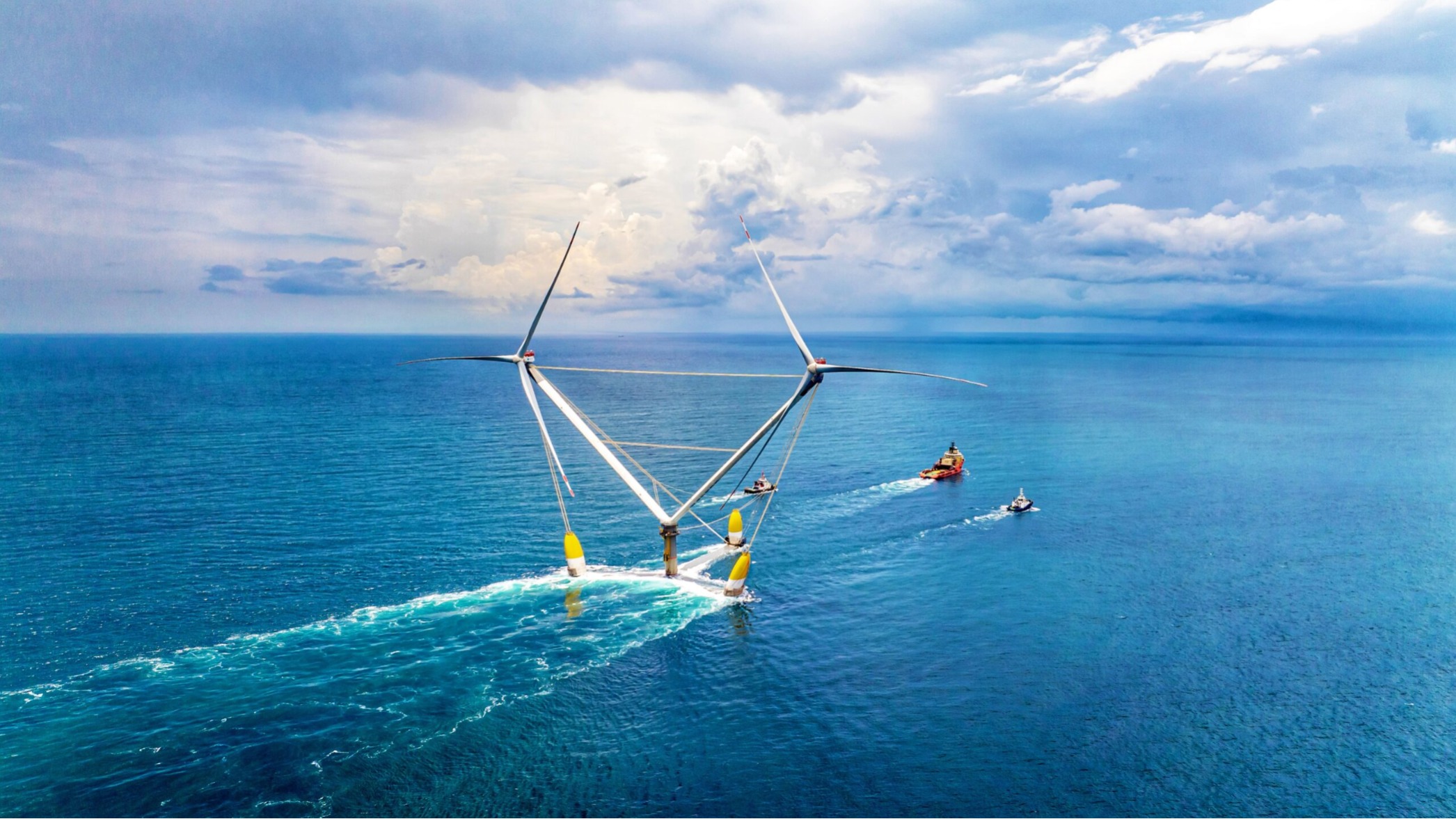Resisting the Gale How China’s Next Generation Wind Farms Conquer the Pacific Typhoon Belt
Written byTimes Magazine
China’s push for offshore wind power has positioned it as a global leader in the clean energy transition but its ambition faces a formidable natural challenge: the devastating typhoons that frequently batter its southeastern coast. In a remarkable feat of engineering, Chinese manufacturers and developers are pioneering typhoon resistant wind farms that are transforming extreme weather from an insurmountable constraint into a manageable operational variable. This revolution is powered by innovative turbine design, advanced structural foundations, and intelligent control systems that ensure energy security and maximize generation in a highly turbulent environment.
The threat of a super typhoon, which can pack winds exceeding 70 meters per second, necessitates specialized engineering far beyond standard offshore specifications. Chinese companies like MingYang Smart Energy and Goldwind have rolled out colossal turbines, with capacities now reaching up to 17 megawatts (MW), specifically designed to withstand these immense forces. A core innovation lies in the blade design. Turbines feature ultra long, highly flexible blades often made with advanced materials like carbon fiber which are stronger yet lighter than conventional materials. These are paired with intelligent pitch control systems that can rapidly adjust the blade angle to minimize wind resistance and loads when a typhoon's high winds are detected, effectively feathering the blades for survival.
Beyond the turbine itself, the foundation is paramount. Traditional monopile foundations are giving way to more robust solutions such as suction caisson jackets particularly in the soft clay seabed conditions common in the South China Sea. These jacket foundations are engineered to account for the complex cyclic loading that typhoons produce forces that combine extreme wind and massive waves. For deeper waters, China is also developing and deploying floating offshore wind turbines (FOWTs). These massive structures, mounted on semi submersible platforms, use sophisticated ballast systems and multi line mooring systems with robust chain anchors that dynamically adjust their tension to keep the turbine stable amidst towering waves and severe pitching motion, ensuring they remain securely positioned for decades.
Equally critical is the smart technology integration. These typhoon proof wind farms employ intelligent monitoring systems with embedded fiber optic sensors in the blades and platforms. This allows for real time, millimeter precision tracking of stress and deformation. Coupled with a proprietary typhoon control strategy system, the turbines can either switch to a defensive shutdown or, in the case of less severe high wind events, adjust their yaw and pitch to continue safely generating power, a concept termed 'profitable' typhoons by some experts. By continuously refining this technology and learning from each storm, China is not only protecting its multibillion dollar investments but also cementing its leadership in the global transition to a reliable, clean energy system along its vulnerable coastline.


